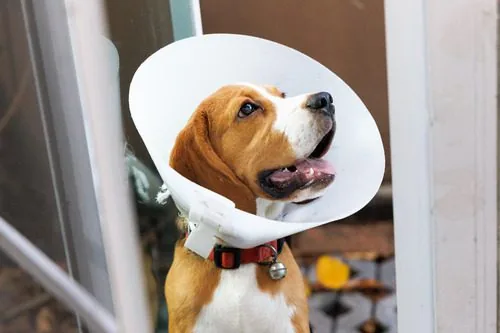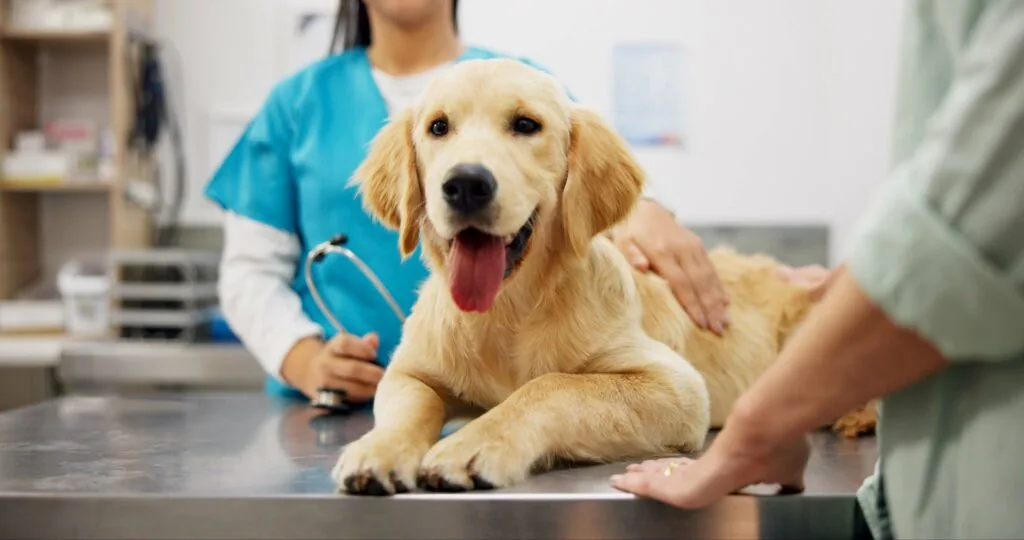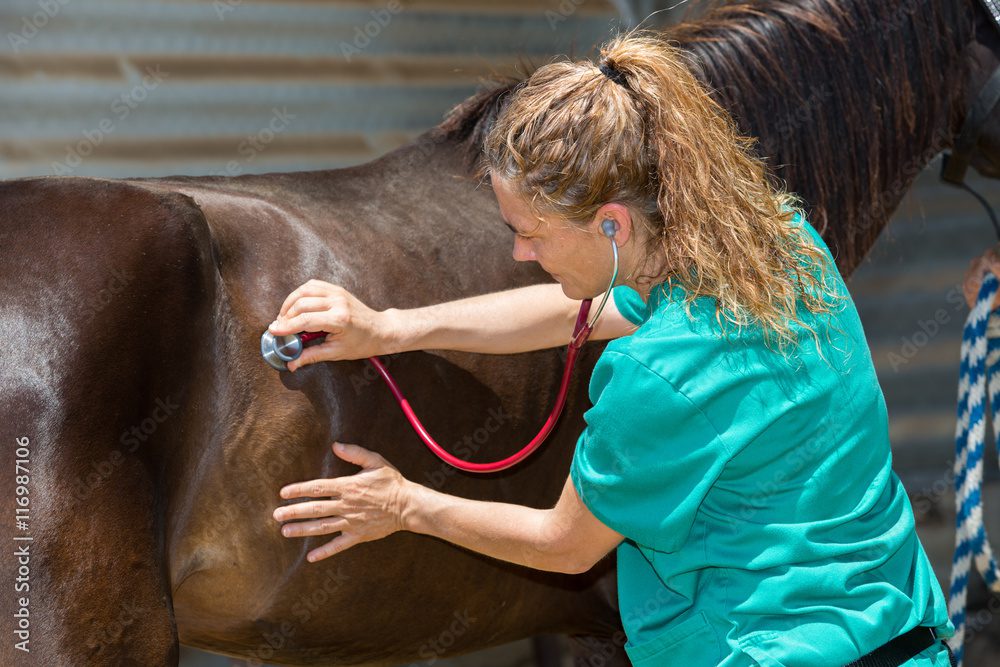Dog Spay 101: Everything a Pet Parent Needs to Know
Welcoming a new dog into your home is a joyous occasion, but it also comes with important decisions, including whether to spay your dog. Spaying is a common surgical procedure with numerous health and behavioral benefits, and our team at Southcentral Veterinary Services can help you make the most informed decision for your pet. In this guide, we’ll walk you through everything you need to know about dog spay surgery—from the basics of the procedure to what you can expect during recovery.

What Is Dog Spay Surgery?
Dog spay surgery, also known as an ovariohysterectomy, is a procedure that involves the removal of a female dog’s ovaries and uterus. This prevents her from becoming pregnant and eliminates her heat cycles. The surgery is performed under general anesthesia by your veterinarian and typically takes between 30 minutes to an hour, depending on the dog’s size, age, and overall health.
Why Is Spaying Important?
Spaying your dog is not just about preventing unwanted litters; it also has significant health benefits. Spaying reduces the risk of certain cancers, such as ovarian, uterine, and mammary cancers. It also prevents conditions like pyometra, a life-threatening uterine infection. Moreover, spaying can help curb certain behaviors associated with heat cycles, such as restlessness and howling.
When Should You Spay Your Dog?
Deciding when to spay your dog is an important conversation to have with your veterinarian. The timing of the surgery can impact its effectiveness and your dog’s recovery.
Optimal Age for Spaying
We typically recommend spaying dogs between 4 to 6 months of age. However, the ideal time can vary depending on the dog’s breed, size, and health status. Your veterinarian can help you determine the best time to spay your dog with a physical examination at our hospital.
Considerations for Large and Small Breeds
For large breed dogs, some veterinarians suggest waiting until the dog is closer to a year old or even older, as these breeds take longer to mature. Conversely, small breed dogs may benefit from being spayed at the earlier end of the recommended age range. Discussing your dog’s specific needs with your vet will help you determine the best time for the surgery.
Preparing Your Dog for Spay Surgery
Preparation can help ensure a smooth spay surgery and recovery process.
- Pre-Surgery Consultation: Before the surgery, your veterinarian will perform a physical examination and may recommend blood tests to ensure your dog is healthy enough for anesthesia. This is also the time to discuss any concerns you might have about the procedure. Make sure to follow your vet’s instructions regarding food and water intake before surgery, as fasting is usually required.
- Home Preparations: Creating a comfortable recovery space for your dog before the surgery is important. Choose a quiet, safe area where your dog can rest without being disturbed by other pets or young children. Stock up on any supplies your vet recommends, such as a cone collar to prevent licking the incision site.
What to Expect on the Day of Surgery
To ease any anxiety you might have about the process, here’s what happens during and after the surgery:
The Surgical Process
On the day of the surgery, your dog will be admitted to the veterinary clinic, where she will receive anesthesia to ensure she’s pain-free during the procedure. Your veterinarian will make a small incision in the abdomen to remove the ovaries and uterus. After the organs are removed, the incision is closed with stitches or staples, and your dog is carefully monitored as she wakes up from anesthesia.
Post-Surgery Monitoring
Most dogs are ready to go home the same day as the surgery, although some may need to stay overnight for observation. Your veterinarian will provide instructions on how to care for your dog during the recovery period, including pain management and activity restrictions.
Post Spay Care for Your Dog
With the right care, your dog’s recovery will be smooth and she’ll be back to her playful self in no time.
- Managing Pain and Discomfort: Your dog may experience some discomfort after the surgery, but your veterinarian will prescribe pain medication to help manage it. Follow the dosage instructions carefully and monitor your dog for any signs of excessive pain, such as whining, restlessness, or a lack of appetite. If you notice anything unusual, contact your vet immediately.
- Activity Restrictions: Limiting your dog’s activity will prevent complications like opening the incision or causing internal bleeding. For the first week or two, avoid vigorous activities like running, jumping, or playing with other dogs. Instead, take your dog on short, gentle walks and provide plenty of rest.
- Monitoring the Incision Site: Keep an eye on the incision site for any signs of infection, such as redness, swelling, or discharge. Make sure your dog doesn’t lick or chew at the stitches, which can lead to infection or delayed healing. A cone collar or a surgical recovery suit can help keep the area protected.
The Long-Term Benefits of Spaying Your Dog
Spaying is more than just a one-time procedure; it has long-term benefits for your dog’s health and behavior.
Health Advantages
As mentioned earlier, spaying significantly reduces the risk of several serious health conditions, including certain types of cancer and infections. This can lead to a longer, healthier life for your dog.
Behavioral Well-Being
Spaying can also reduce or eliminate behaviors associated with heat cycles, such as marking territory, increased vocalization, and attracting male dogs. This can make your dog more relaxed and easier to manage, especially in a household with multiple pets.
Why Choose Southcentral Veterinary Services for Your Dog’s Spay Surgery
At Southcentral Veterinary Services, we understand that spaying your dog is a big decision. Our experienced team is here to guide you through every step of the process, from the initial consultation to post-spay care. We are committed to providing the highest level of care to ensure your dog’s health and comfort. If you’re considering spaying your dog or have any questions about the procedure, call (270) 282-2564 or schedule an appointment online today.
Share This
Recent Posts
About Southcentral Veterinary Services
Southcentral Veterinary Services is here to ensure that you and your pet can access a variety of high-quality, progressive medical services. Our aim is to serve our patients and clients with integrity, compassion, and a focus on being your primary family vet.



